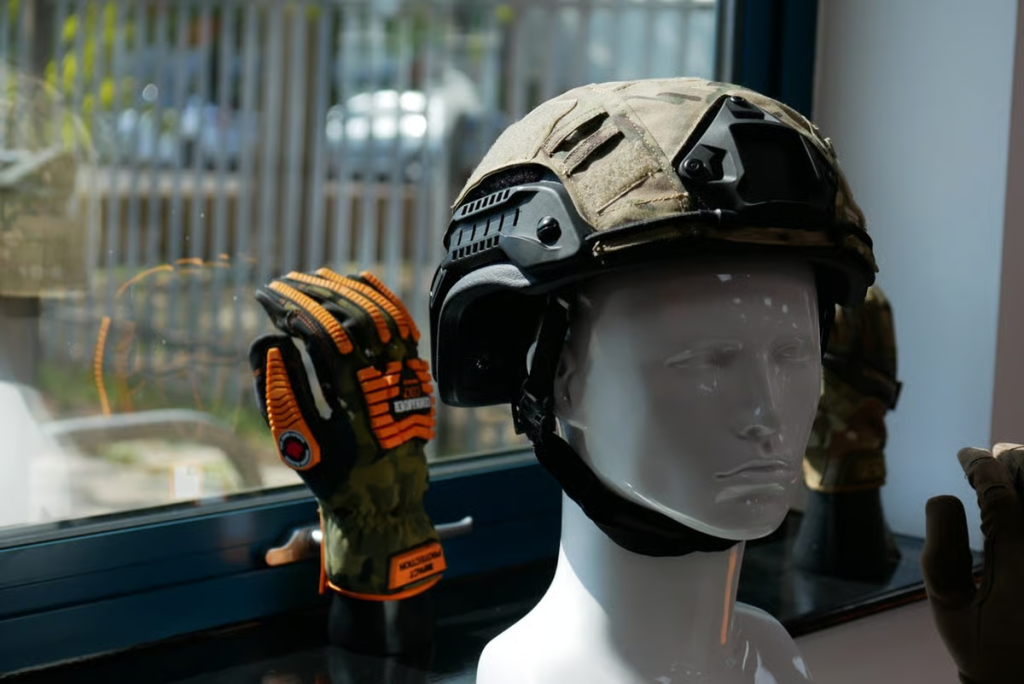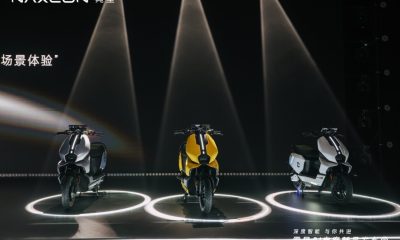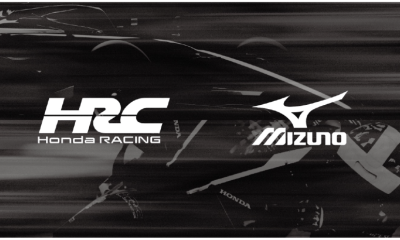D3O non-Newtonian tech aims to upgrade helmet liners by 2027 but can it outperform EPS foam in real-world crashes

Subscribe to our Telegram channel for instant updates!
Welcome to Science Class 101—motorcycle edition. Today’s topic: what happens when one of the world’s most trusted names in impact protection takes a bold swing at rethinking the very thing protecting your skull. Meet D3O’s latest venture: a helmet liner made from non-Newtonian material that behaves like liquid until you hit it—and then suddenly hardens to absorb force.
It sounds like science fiction. But this isn’t a hypothetical—D3O has already prototyped this tech with the concept liner “Amp,” and it’s slated for commercial debut by 2027.
So, What is D3O Anyway?
At its core, D3O is a non-Newtonian material, meaning it flows like a soft liquid under slow motion but becomes a solid barrier under sudden impact. This “Jekyll and Hyde” behaviour makes it perfect for applications that need flexibility and strength—think military armour, football pads, even tech device cases.
It’s been used in motorcycle jackets, elbow pads, and knee armour for years now, largely replacing stiff, uncomfortable gear with pliable yet protective alternatives. But using it inside a helmet? That’s a whole new game.

The Amp Concept: Rethinking Helmet Interiors
D3O’s Amp prototype debuted in 2022, designed to sit inside helmet linings to absorb low-level impacts, like a tree branch to the head on an off-road trail. It wasn’t made to replace the outer shell or even challenge the industry-standard EPS (expanded polystyrene) foam entirely. Rather, it was positioned as the missing link in overall helmet impact protection.
Fast forward to today, and D3O is collaborating with helmet manufacturers to bring this concept to market. According to D3O CMO Mostyn Thomas, the goal is to challenge the status quo—whether in terms of weight, comfort, or safety. But as he rightly admits, asking brands to ditch decades of EPS-based design and supply chains is no small feat.
The EPS Dilemma: Why Reinvent a Proven Standard?
Let’s be honest—EPS foam works. It’s cheap, feather-light, and proven to protect heads in violent crashes. It compresses and cracks to dissipate force, making it a staple of helmet safety for decades.
So why mess with success?
Well, because EPS also has its limits. It doesn’t do much for low-speed hits. It doesn’t reset after an impact. And it’s rigid, limiting how comfortable or adaptable helmets can be. D3O’s value proposition lies in bridging that gap—offering extra protection in situations EPS doesn’t cover, without sacrificing comfort.

But Do You Really Need Flexibility in a Helmet Liner?
Here’s the sceptical take: your head doesn’t move like a knee or elbow. You don’t need flexibility in the same way. And D3O’s primary strength in body armour is exactly that—flexibility until impact. So, what advantage does it bring inside a rigid helmet shell?
Until test data is released, we won’t know if D3O’s helmet liner is more than just cool tech. Can it outperform EPS in certain crash scenarios? Can it be manufactured affordably? Does it actually reduce injury rates?
The Verdict: Promising, But Unproven
D3O’s foray into helmet liners could be revolutionary—or it could be a niche add-on that struggles to replace entrenched tech. Still, it’s refreshing to see innovation in a space that, frankly, hasn’t changed much in decades.
For now, EPS remains the king of helmet protection. But if D3O’s orange goo can prove itself in the lab—and more importantly, on the road or track—motorcycle helmets might be on the cusp of their biggest evolution in years.
Until then, I’ll stick with my trusty lid and wait to see if this liquid-solid dream becomes a rider’s new reality.































Facebook
Instagram
X (Twitter)
YouTube
LinkedIn
RSS